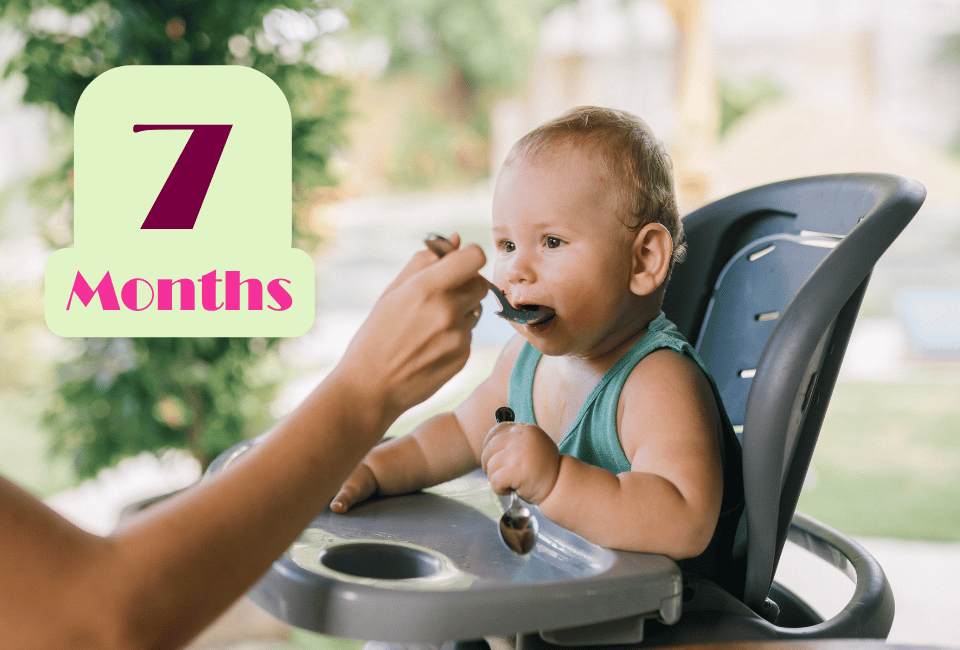
Since I recently shared our feeding schedule at 8 months, I thought it would be useful to take a step back and share what our 7 month feeding schedule looked like. At that time, we were in the middle of adjusting to solids, balancing breastfeeding, and figuring out what worked best for our baby. It wasn’t always smooth, but with a little trial and error, we found a routine that suited her needs and helped us both feel more confident during mealtimes.
What Does a 7-Month Feeding Schedule Look Like?
At 7 months, your baby is probably getting more curious about solids — but breast milk or formula is still their main source of nutrition. As a first-time mom, I remember how overwhelming it felt to figure out when to offer meals, how often, and what was “enough.”
Around this age, many babies still have a strong gag reflex, which can be confusing or even scary if you’re not expecting it. But here’s the truth: it’s totally normal and actually protects your baby while they’re learning to eat.
👉 Want to understand more about why gagging happens and how to tell it apart from choking? Check out my full guide on the gag reflex here.
Finding the right balance between milk feeds and solids is key. A sample feeding schedule at this stage might look like:
- Breast milk or formula
- Purees and soft solids (baby food, mashed fruits, veggies, etc.)
- Finger foods (if you’re doing baby-led weaning)
Here’s a general guide for a 7-month feeding schedule that works well for most babies.
Sample Our 7 Month Feeding Schedule
At 7 months, we introduced breakfast as the second solid meal in our routine, adding to the lunch that we had already started. Balancing breastfeeding with solids was becoming more natural, and our little one was eager to explore new flavors. Here’s a look at how our 7 month feeding schedule unfolded, with a mix of milk and solid meals that worked for us during this exciting stage.
- Morning (7:00 – 8:00 AM): I begin the day by breastfeeding my baby, followed by her second solid meal—breakfast. The breakfast usually included mashed avocado, oatmeal, banana with peanut butter and yoghurt and fruits.
- Mid-Morning Snack (10:00 – 11:00 AM): Around mid-morning, I offer another breastfeeding session. If she’s still hungry, I provide a small snack, like soft fruit slices.
- Lunch (12:00 – 1:00 PM): For lunch, I serve a bigger portion of pureed vegetables or baby-friendly foods. Some of her favorites were mashed sweet potatoes and pumpkin, which she devoured.
- Afternoon Snack (3:00 – 4:00 PM): At this time, I offer another breastfeeding session. I don’t offer any solid snacks, just milk if she seems hungry.
- Dinner (6:00 – 7:00 PM): Dinner is usually just a session of breast milk, as we kept it simple in the evenings. I loved how comforting it was for both of us to wind down the day this way.
- Before Bed (7:30 – 8:00 PM): Before bed, I offer a final breastfeed to help my baby settle down for the night. This is usually the longest and most soothing feed of the day.
How to Adjust the Schedule Based on Your Baby’s Needs
Each baby is different, so don’t be afraid to adjust the 7 month feeding schedule based on your little one’s hunger cues. Some babies may still be breastfeeding more often, while others may be more into solids. Trust your instincts and try to keep a flexible mindset. For me, it was trial and error, and my baby’s schedule evolved as she grew.
Signs Your Baby Is Ready for More Food
One thing I learned quickly was that at 7 months, my daughter’s appetite started changing. She was hungrier, more curious, and definitely wanted to explore more flavors and textures. Here are some signs that your baby might be ready for a bigger variety of foods:
- Reaching for food (like grabbing your plate or your utensils)
- Showing interest in what you’re eating
- Sitting up on their own with little support (perfect for solids)
- Making chewing motions (even with purees)
If you’re still unsure, talk to your pediatrician to make sure your baby is meeting their nutritional needs.
Incorporating Breastfeeding/Formula Feeding with Solids
As much as your little one will love trying solids, remember that breast milk or formula should still be their main source of nutrition at this stage. I made the mistake of thinking my baby would instantly love solids and stop breastfeeding, but it’s a gradual process. I continued to breastfeed her at least 4-5 times a day, and she still received formula when needed.
Common Feeding Struggles and How I Dealt With Them
When I first started with the 7-month feeding schedule, I found that timing was tricky. Some days, my baby was hungrier than others, and it took time to figure out what she liked. Here are some common feeding struggles, and how I dealt with them:
- Refusing Solid Foods: If your baby isn’t into purees or new foods, don’t stress. I tried different textures, like mashed instead of pureed, and let her explore finger foods to keep it fun.
- Shorter Feedings: Some days, she was more interested in playing than eating. If this happens, I didn’t force it. A few extra snacks later in the day helped keep her energy up.
Final Thoughts on Our 7 Month Feeding Schedule
Navigating the 7 month feeding schedule was a learning curve for me, but I’ve found a rhythm that works for both my baby and me. Flexibility is key—what works one week might change the next. And remember, you know your baby best. Whether you’re breastfeeding, bottle-feeding, or introducing solids, the goal is to find a routine that feels right for your family.
Keep experimenting with meal times, try new foods, and enjoy watching your little one grow and thrive. If you’re ever unsure, your pediatrician is a great resource, but don’t be afraid to trust your gut as you figure out your baby’s feeding needs.
FAQ
1. How often should my 7-month-old be breastfeeding or having formula?
At 7 months, your baby should still be breastfeeding or having formula about 4-5 times a day. Solid meals will supplement their nutrition but not replace milk just yet.
2. Can I start baby-led weaning at 7 months?
Yes! Many babies are ready for baby-led weaning around 7 months, especially if they can sit up well and show interest in what you’re eating. Just make sure the foods are soft, cut into appropriate sizes, and easy to handle.
3. What foods should I avoid at 7 months?
Avoid foods that are hard to chew or pose a choking hazard, such as whole nuts, popcorn, or raw vegetables. Honey and whole grapes are also not safe for babies under 1 year.
4. How do I know if my baby is getting enough to eat?
Look for signs like steady weight gain, producing wet diapers, and showing interest in food. If you’re unsure, always check with your pediatrician to ensure your baby is on track.
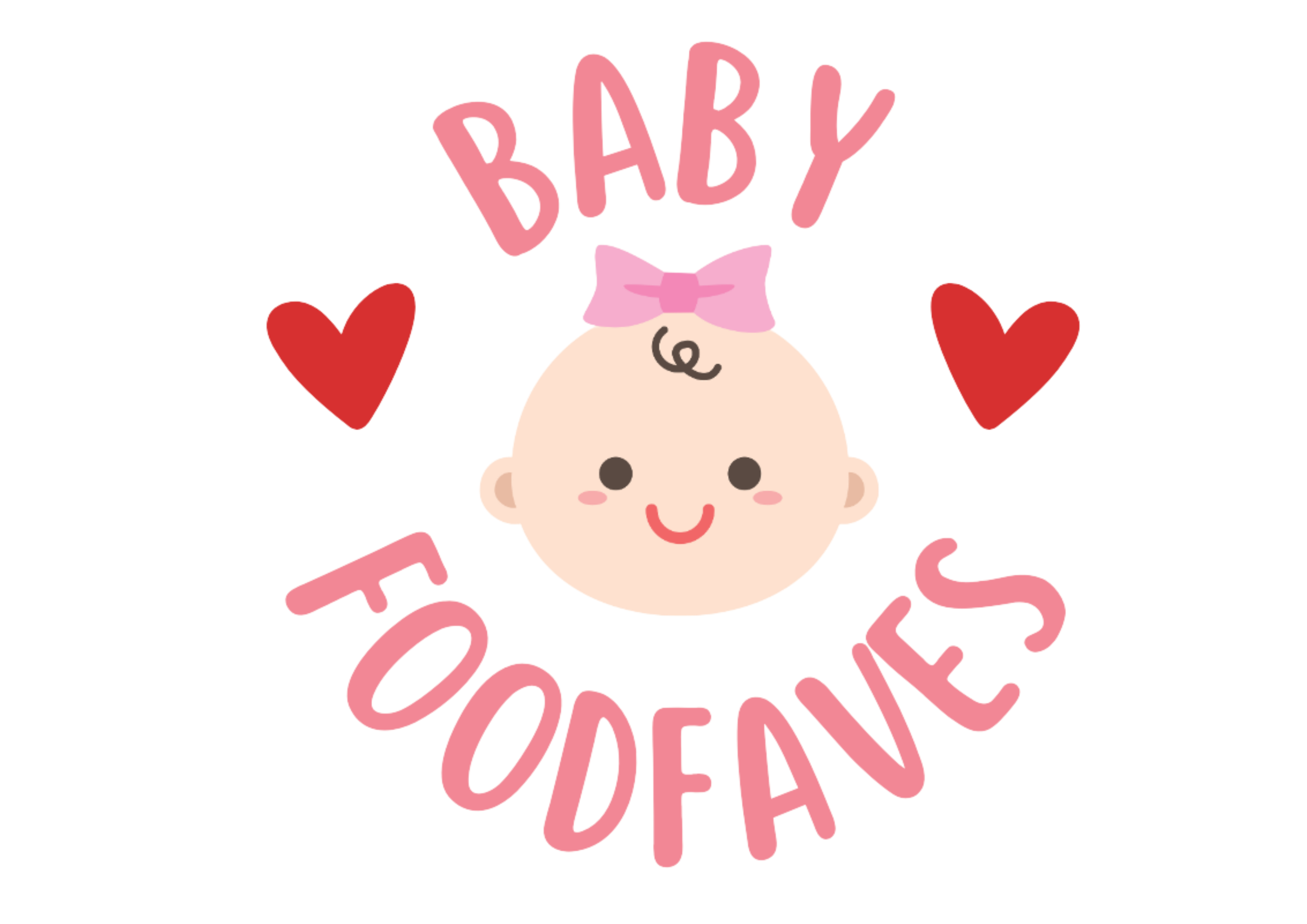












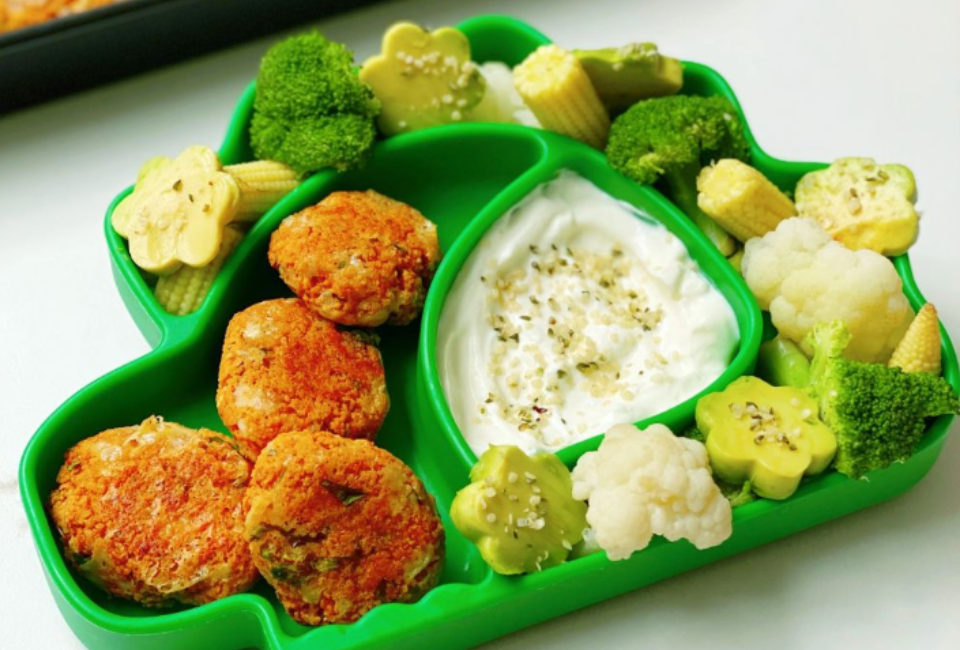
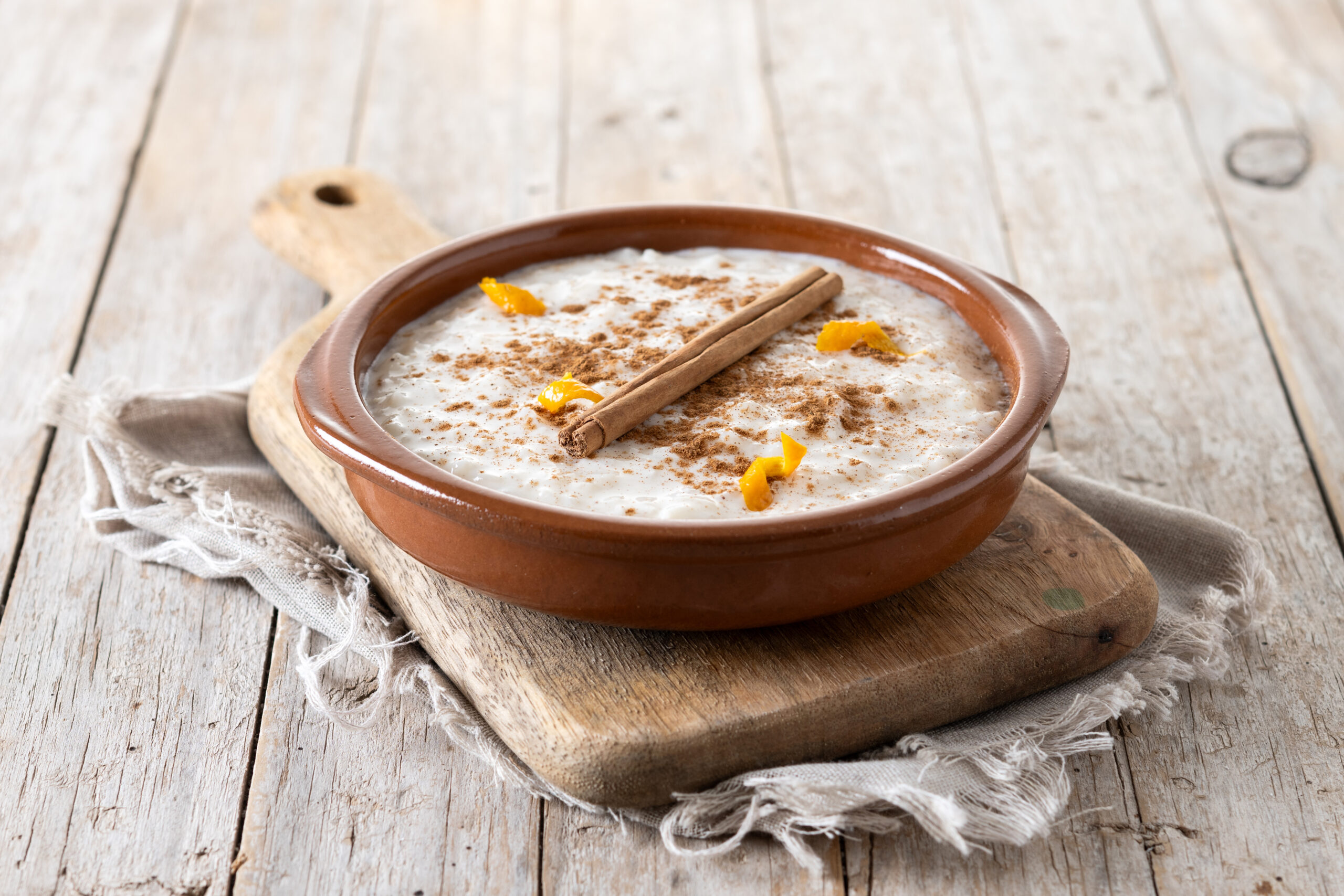
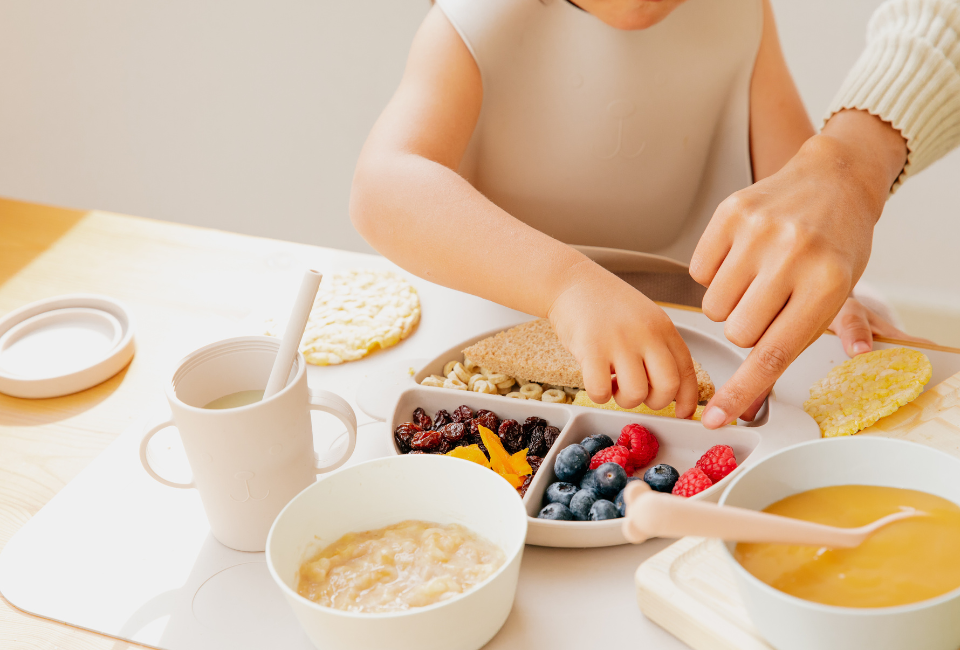
Leave a Reply